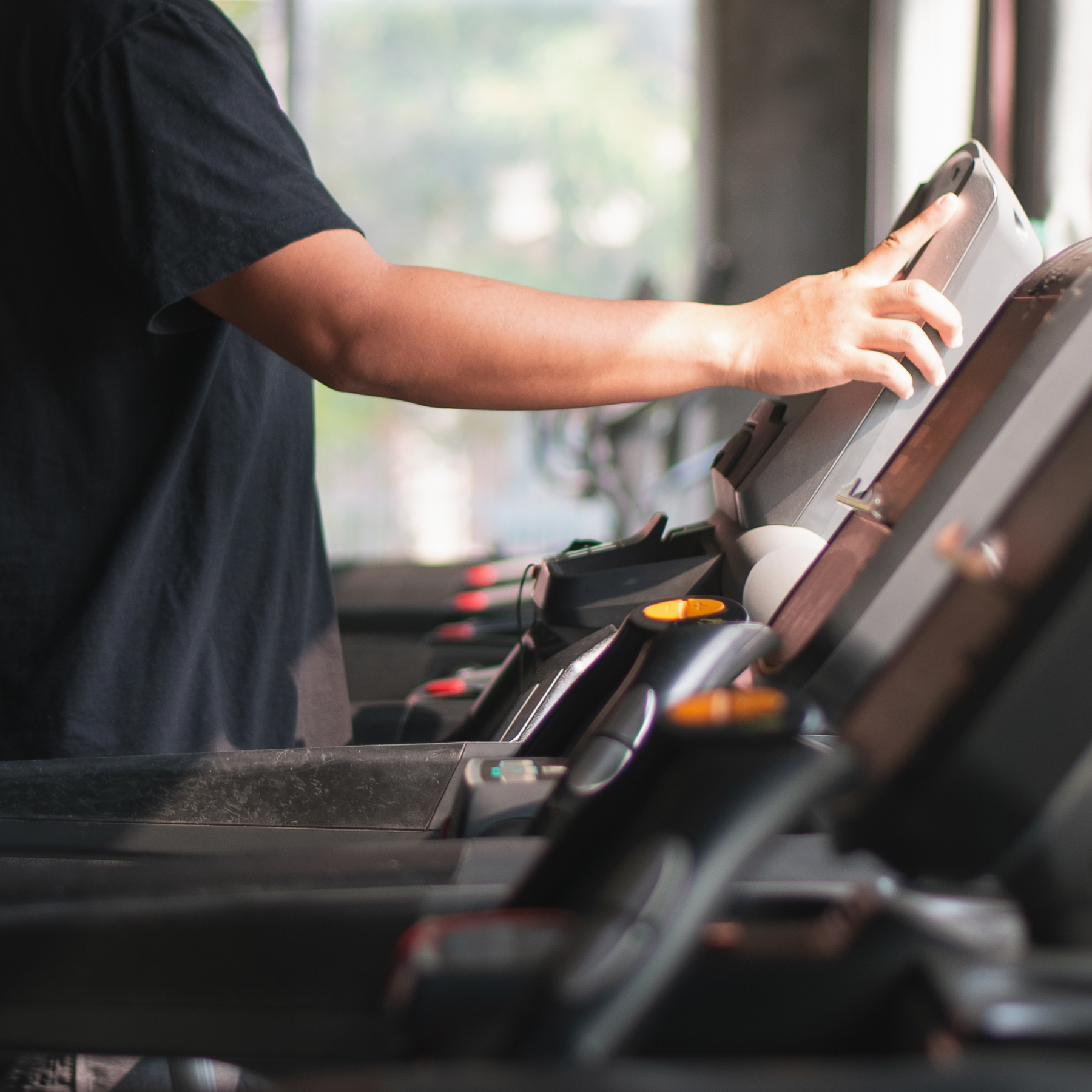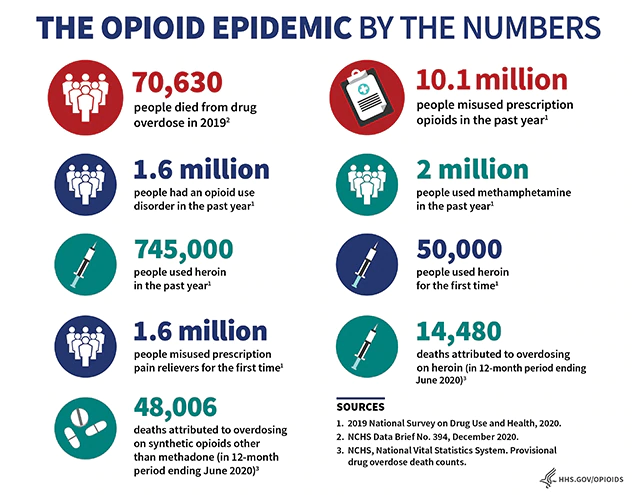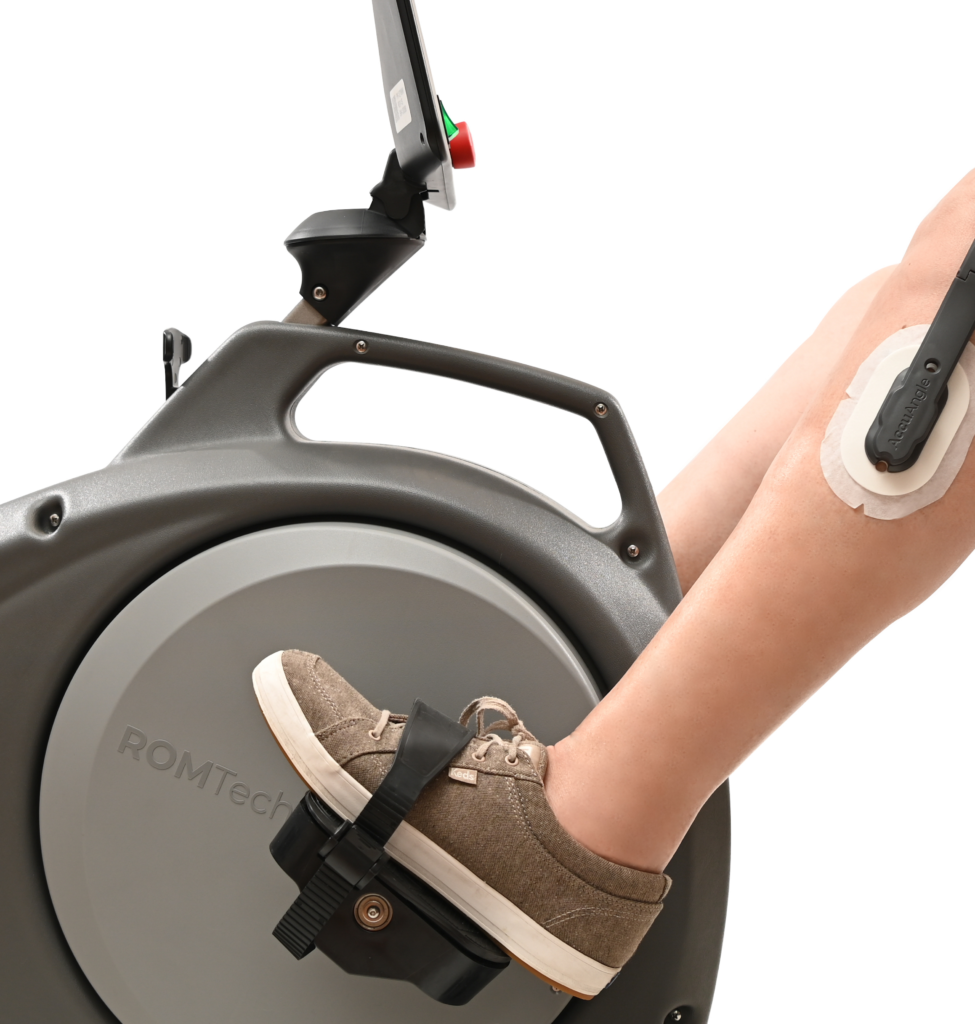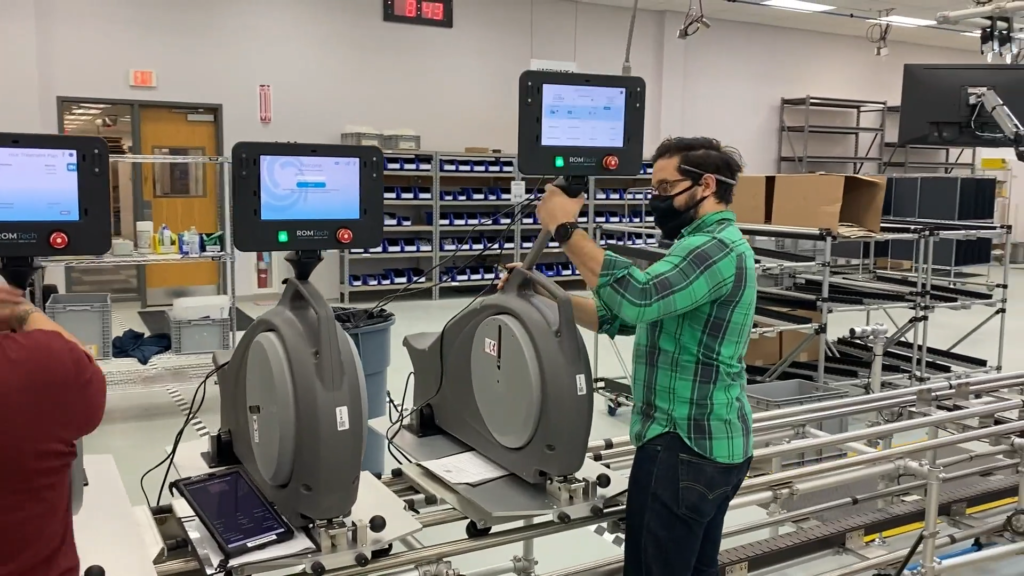
Opioid Crisis in America: The Path Forward In Orthopedic Rehab
- Comment
The opioid crisis in America has persisted in the US over decades, with it being declared a public health emergency by the US Department of Health and Human Services in 2017. So what exactly led to this crisis? The increased prescription of opioid medications, initially in the early 1990s, resulted in the widespread misuse of both prescription and non-prescription opioids. The vast amount of opioids were being prescribed to patients before it was clear that these medications could be extremely addictive to those being prescribed. Opioids are prescribed to patients primarily for pain relief. The drugs classified as opioids not only relieve pain, but relax the body. Thus, it was (and often still is) a first choice for physicians when prescribing medication for patients in recovery from various injuries and surgical procedures, like orthopedic surgeries specifically. However, with advancement of telemedicine in the orthopedic rehabilitation space from companies like ROMTech, there is hope for easier recovery processes and less reliance upon opioids.
The Origin of Opioids
Opioids are a specific type of drugs naturally derived from the opium poppy plant (yes, like the beautiful colorful flower where the poppyseeds you see on your bagel come from). While some of these opioid prescriptions are naturally made from the plant directly, many are made in labs by scientists mimicking the exact chemical structure. Some examples of opioids include; hydrocodone, oxycodone, oxymorphone, morphine, codeine and fentanyl.

The Dangers of the Opioid Crisis in America
Opioid overdoses unfortunately account for tens of thousands of deaths year after year, with many of these stemming from one initial opioid prescription for one reason or another, in many cases after a surgery. The effects of opioid addiction can also plummet the quality of life for individuals, draining bank accounts and leading to compulsivity on all accounts to acquire more opioids once a prescribed supply ends.
Nearly every person is at risk of opioid addiction, but research has shown that older individuals (ages 60+) have stood out as most prone to misuse in recent times. Many factors go into this, but some of note include; the surplus of chronic pain among the older population, multiple prescriptions, and slowed metabolism that affects the speed in which the body can break down the drugs being taken.
Orthopedics and Opioids
Orthopedic injury knows all demographics, but it’s also true that some individuals tend to be more prone to opioid addiction. These include athletes because of frequent and serious injuries and, you guessed it, older individuals who reach ages in which orthopedic replacements (like knee and hip replacements) may be necessary for quality of life.

The unfortunate reality with orthopedic surgery is that opioids are often prescribed in the recovery process to minimize pain and stress. Many people who undergo total knee or hip replacement surgeries go on to become long-term opioid users. Yet, with such opioid addiction rates skyrocketing, doctors are looking for alternative and additional ways to ease and streamline the rehabilitation process. Enter the importance of a more efficient physical therapy plan, like with ROMTech’s PortableConnect.
A recent study by renowned physical therapists discovered that low levels of physical therapy were associated with lower likelihood of long-term opioid use after total knee replacement. In this study, they specifically “found that participation in PT within 90 days before or after total knee replacement was associated with lower likelihood of long-term opioid use”. It additionally reveals that “the longer a patient waits to start outpatient physical therapy after surgery, the greater their odds of long-term opioid use.”
It’s clear that orthopedic surgery recovery is not easy, and each patient has different needs. Yet with physical therapy established early, and support provided to the patient throughout, the rehabilitation process can be streamlined, thus decreasing chances of long-term opioid dependency leading to addiction. One company on the forefront of technology and additional ease of recovery in physical therapy through telemedicine is ROMTech. CEO and Founder of ROMTech Peter Arn says “Our company is providing a breakthrough in patient care streamlining recovery for thousands of individuals with prior orthopedic injury with unique technology designed to create connectivity and the utmost convenience for patients and physicians alike.”
ROMTech PortableConnect Provides Personalized Patient Care in Recovery
ROMTech was created with a simple, but powerful mission of revolutionizing patient recovery after orthopedic injury. The device is delivered to a patient’s home by a knowledgeable member of the ROMTech team. Once the device is set up in accordance to the prescribed patient’s needs, the teletherapy technology with PortableConnect then empowers patients and care teams alike by providing customizable rehabilitation protocols throughout the recovery process.
Such remote connectivity of PortableConnect and the ability to recover in the privacy, safety, and convenience of home, enables ROMTech users to return to a full quality of life more efficiently and easily than other options. The ease ROMTech provides in recovery eliminates the often painstakingly long and inconvenient process of traditional physical therapy, which as previously discussed has already been proven to be a strong factor in preventing addiction to prescribed opioids. Modern technology has long provided additional ease to people in various areas of life, and orthopedic rehabilitation is no different with a powerful tool like ROMTech.
The Patient Perspective

ROMTech’s PortableConnect has now transformed the recovery process of over a thousand patients across the nation. It is noteworthy in many regards, but patient perspectives are the leading indicator of the success of the device in varying ortho rehabilitation journeys.
Stephanie Breault, of Pottsboro, Texas, explains about her experience with ROMTech, “I had a total knee replacement surgery. I had a really good experience with the PortableConnect. And the day after I got out of the hospital, I started using it that morning, and I used it for several weeks, and it really helped my knee. I enjoyed using it.” Her doctor, Dr. Richard Jelsma echoed her commentary, saying “she clearly was walking very well very quickly, much faster than typically patients I have treated in the past that don’t use the PortableConnect.” ROMTech’s ability to speed up the rehabilitation process is hugely beneficial for doctors and patients alike. The sooner patients return to “normal” life, the better. ROMTech’s part in making that happen is undeniable and thus minimizes the reliance upon pain relieving opioids for patients. Breault elaborated further on her thoughts about ROMTech saying “I really hope that they start recommending this to their patients, because I think it really, really helped with recovery. I think it sped it up a lot.”
ROMTech Revolutionizing Orthopedic Rehabilitation: The Path Forward
While orthopedic injury and the recovery process are often seen as complicated, painstaking and even a common cause for concern in the opioid crisis, new technologies like ROMtech are changing the landscape of rehabilitation for the better. With additional ease and convenience, patients find comfort in their ability to get back to their normal, pain-free lives thus decreasing the likelihood for continuous reliance on opioids for pain management and stress reduction in recovery. ROMTech’s PortableConnect is the future and the future is here with incredible results.
View other news in: PortableConnect, ROMTech News
